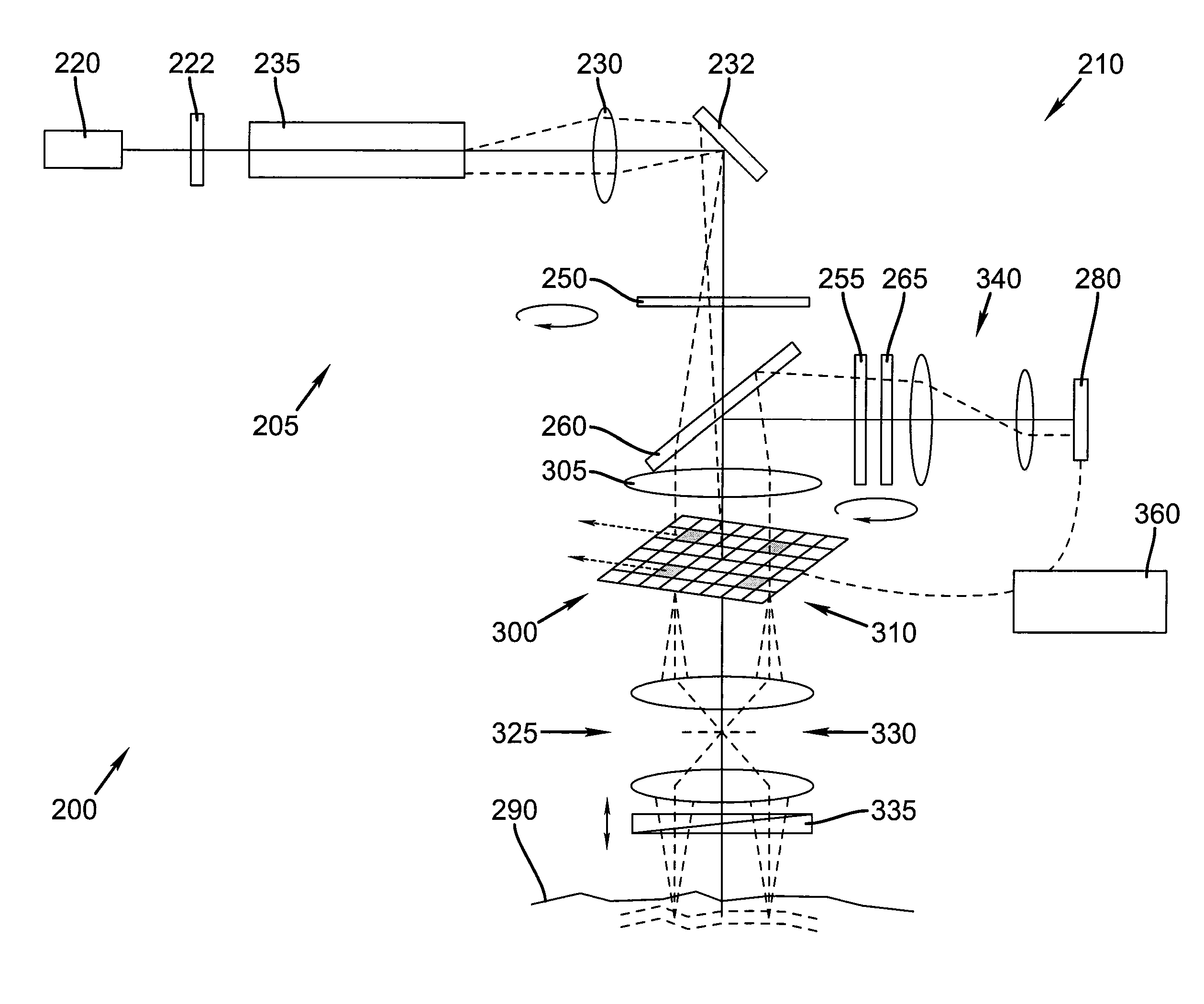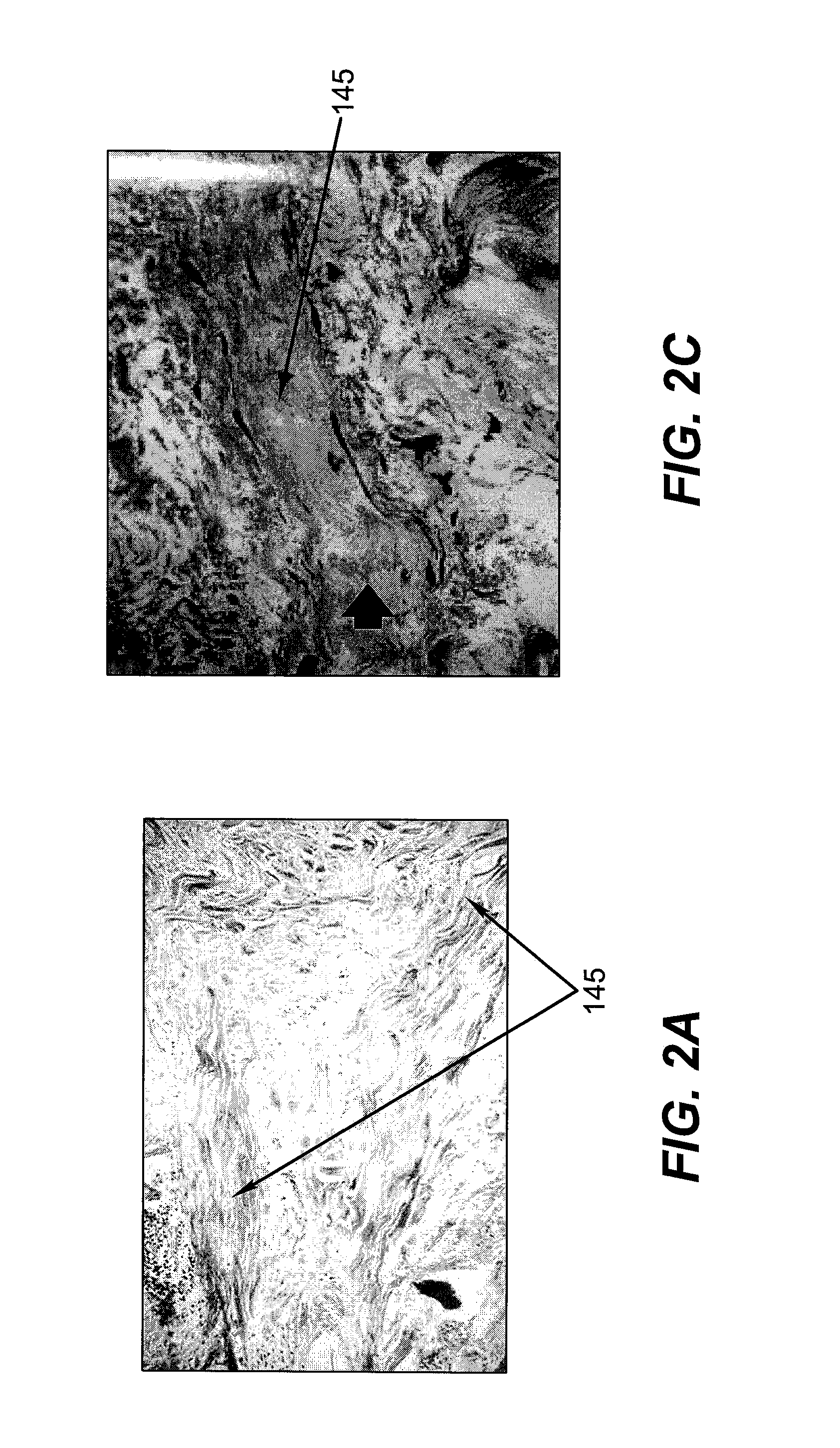Tissue imaging system
a tissue imaging and imaging system technology, applied in the field of optical based medical imaging systems, can solve the problems of inability to determine the condition of the tissue being treated, the efficacy of treatment, and the difficulty of ongoing healing, and the clinician cannot be certain about the effect of treatment,
- Summary
- Abstract
- Description
- Claims
- Application Information
AI Technical Summary
Benefits of technology
Problems solved by technology
Method used
Image
Examples
Embodiment Construction
[0044]The following is a detailed description of the preferred embodiments of the invention, reference being made to the drawings in which the same reference numerals identify the same elements of structure in each of the several figures. The present invention is generally directed at providing an optical device appropriate for imaging deep tissue injuries, and in particular, for examining wounds and the surrounding tissues. As such, the device is intended to image a significant diagnostic area (for example ˜1 cm2) with a modest resolution (˜4 μm) appropriate foe examining cellular morphology and extra-cellular structures. The device of the present invention also preferably enables multi-modal imaging in one device, as an approach to maximizing its diagnostic utility.
[0045]These goals can be best appreciated within the context of the biology of normal, wounded, and healed skin, and in particular, with respect to the function of fibroblasts and collagen. Accordingly, FIG. 1 depicts t...
PUM
 Login to View More
Login to View More Abstract
Description
Claims
Application Information
 Login to View More
Login to View More - R&D
- Intellectual Property
- Life Sciences
- Materials
- Tech Scout
- Unparalleled Data Quality
- Higher Quality Content
- 60% Fewer Hallucinations
Browse by: Latest US Patents, China's latest patents, Technical Efficacy Thesaurus, Application Domain, Technology Topic, Popular Technical Reports.
© 2025 PatSnap. All rights reserved.Legal|Privacy policy|Modern Slavery Act Transparency Statement|Sitemap|About US| Contact US: help@patsnap.com



